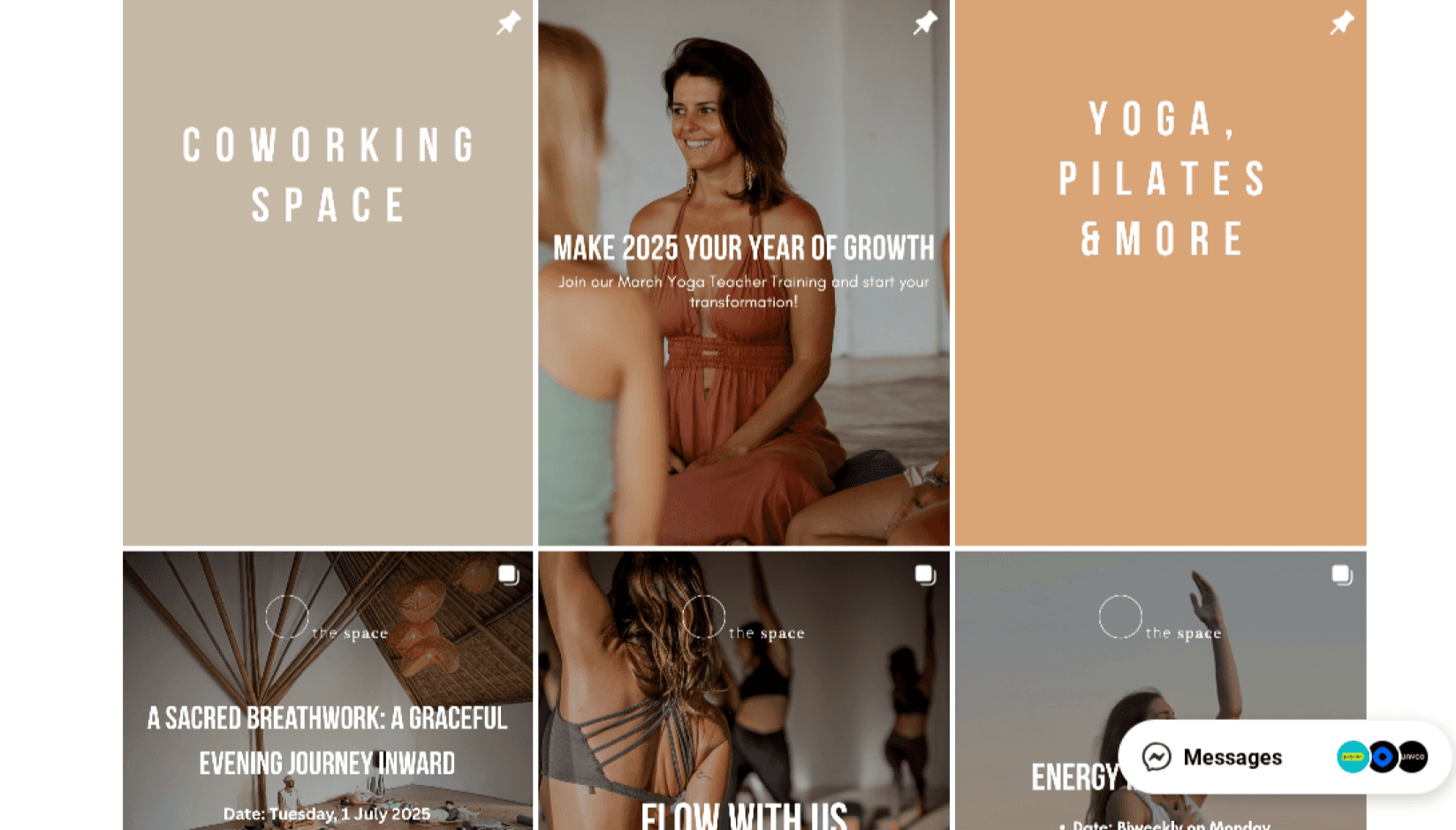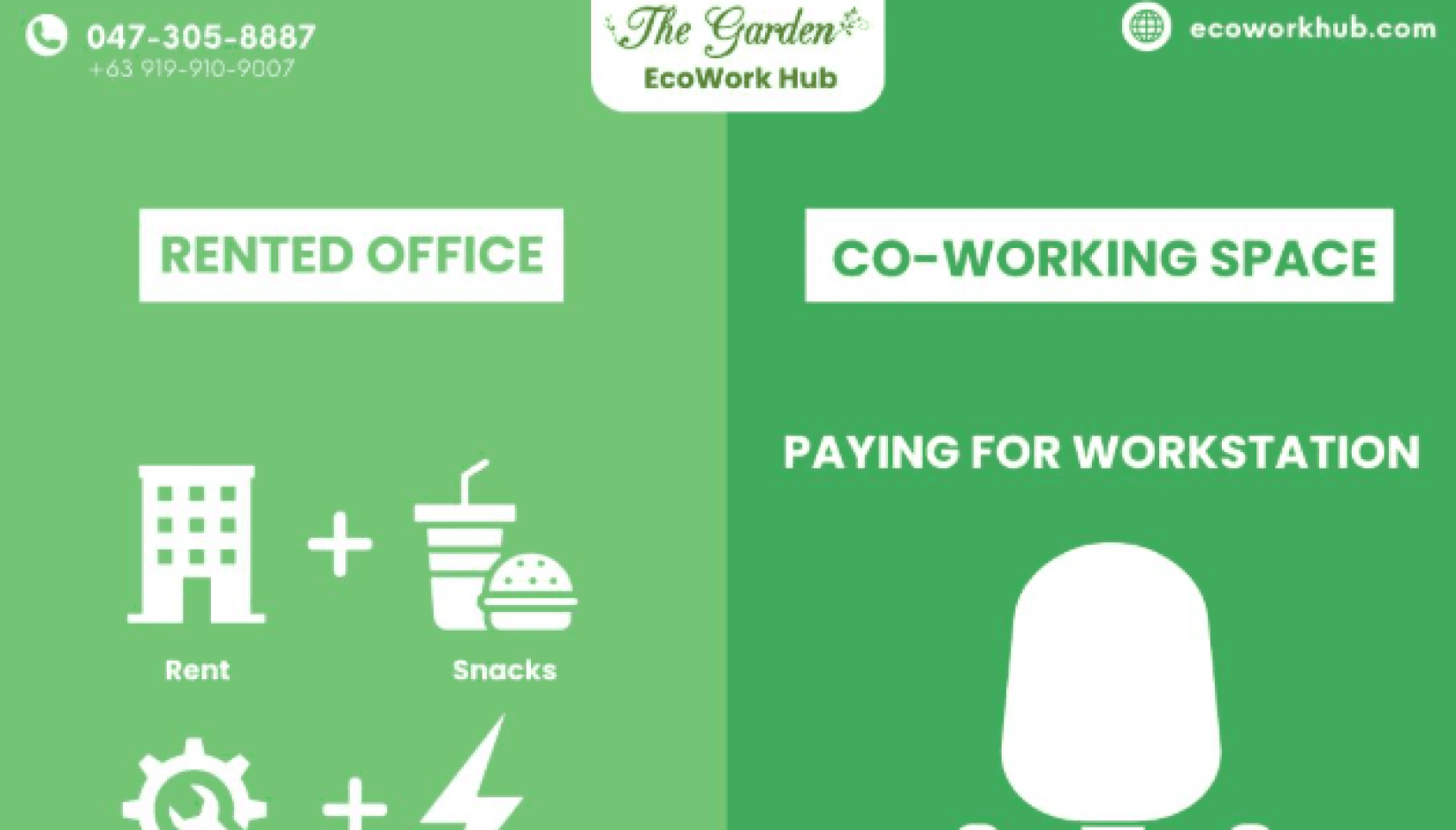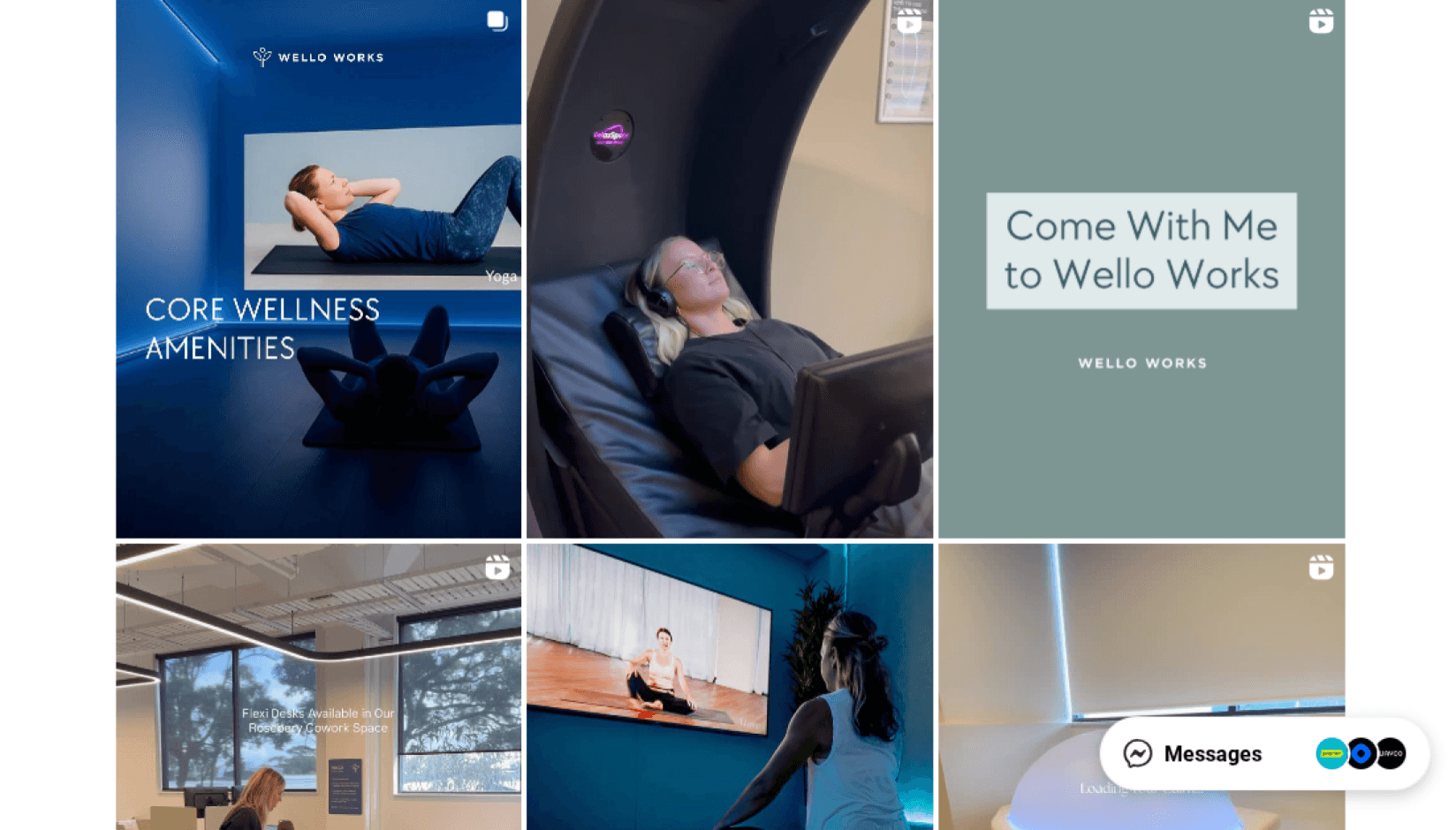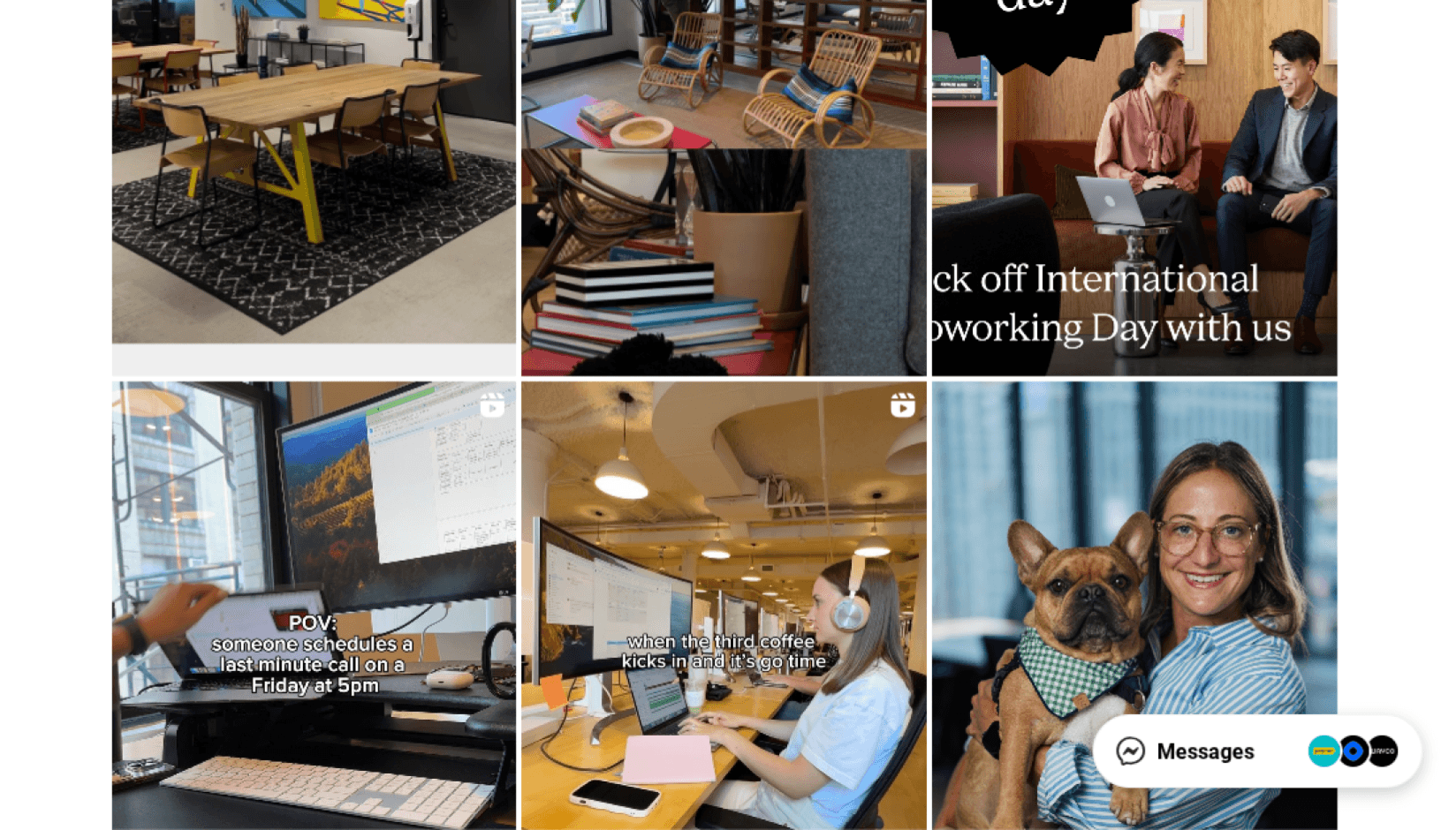Traditional workspaces would tell you that the ideal work environment consists of towering work cubicles, piles of workload, and a coffee gone cold. However, modern employees are now demanding a more productive and thriving work environment where relaxation is just as important as productivity, especially in a coworking environment.
Over the past few years, coworking has evolved from traditional workspaces to niche coworking spaces, particularly with the integration of wellness into these spaces. If you are a coworking space owner looking to enter into the coworking + wellness niche, here are some expert tips for integrating wellness zones into your coworking space:
1. Incorporate wellness programs
The idea behind the coworking space trend of integrating wellness zones is to enhance member experience, offering more than just a space to work, but an avenue where members can take a breather.
A great example is partnering with local wellness professionals to conduct wellness activities regularly, either weekly, monthly, or quarterly, which will not only promote the member’s well-being but also allow them to interact and engage with members of the coworking community.
Some examples of wellness programs you can conduct include:
- Meditation and mindfulness sessions
- Breathwork sessions
- Personal development discussions
- Yoga sessions
- Financial wellness sessions
Incorporating wellness programs that improve both your members’ physical and mental health helps them manage not only work struggles, but personal ones as well. For example, holding financial wellness sessions helps financially burdened members get expert advice on money management, budgeting, debt relief, and retirement planning, allowing them to reduce financial-induced stress and improve work productivity.
These sessions can also educate members on structured financial solutions such as a debt agreement, helping them regain control over personal finances while maintaining a healthier work-life balance in a coworking environment.
A great example of a coworking space that offers wellness packages in conjunction with coworking is The Space Bali, which provides yoga classes, coworking drop-in and memberships, as well as on-site spa treatments.

Image source: https://www.instagram.com/thespacebali.bingin/
2. Offer healthy food options
When employees work in a coworking space, one of the ultimate struggles they face is finding food options. If you aim to become a pioneer in integrating wellness zones into your coworking space, start by offering affordable yet healthy snack options for your members. You can do this by:
- Providing hydration areas, offering free water, flavored water, or other healthy beverages for a minimal fee. Steer clear of unhealthy drinks like soda in your hydration areas.
- Provide snack stations where members can grab healthy snacks, such as nuts, trail mix, dried fruits, and similar options. Ensure that these snacks are correctly labelled, particularly in terms of allergen information and nutritional facts.
- Set aside a specific room as a wellness pantry or kitchen where members can prepare their custom tea or coffee, offering healthy options such as honey, almond or oat milk, and various tea and coffee selections. You might also consider including a compact H310 juicer that fits whole apples, encouraging fresh juice as a daily wellness habit.
The Garden Eco Work Hub boasts a coworking fridge and pantry where members can enjoy unlimited refills of coffee and water, as well as select beverages for a fee.

Image source: https://www.facebook.com/thegardenecoworkhub
3. Provide wellness zones
A practical coworking space layout that emphasizes wellness should dedicate one or two areas as wellness zones, where members can go at any time of day if they need a breather, a moment of relaxation, or meditation during their work.
Here are some uses of a wellness zone in a coworking space:
- Fitness zone: An area where members can slip in an early morning quick run on a treadmill or weight workouts.
- Quiet zones: An area designed to offer members a moment’s peace, with relaxed lighting, comfortable furniture, and calming decor. This can also serve as digital detox zones where electronic devices should be prohibited.
- Counseling or therapy zones: An area dedicated to confidential conversations with online doctors or therapists.
- Breakout areas: An area where members can socialize and connect with other coworking members.
- Green zones: An area where members can bask in the wonders of natural lighting and plants. If you cannot provide an indoor green zone, another great option is to dedicate walking trails outside the coworking space, allowing members space for walking meetings or simply taking a quick run or walk, - adds Nicolas Breedlove, CEO at PlaygroundEquipment.com.
These wellness zones not only enhance members’ physical and mental well-being but also enable them to cultivate a sense of community and belonging in areas where they can freely interact with their team members or other members of the coworking community.
The Ranch Office in Houston, Texas, seamlessly blends coworking and fitness by offering a fully customizable fitness facility for its members, which they can utilize before, after, or during their workday.

Image source: https://www.instagram.com/ranchoffice
4. Design for the senses
A well-rounded wellness zone should cater to what helps a person relax, whether through physical touch, sight, sound, light, or scent. Here are some ideas on how to use the five senses to help incorporate wellness into your coworking space:
- Physical touch: If you have the budget, try having one or two massage chairs available for your members’ use.
- Sight: Dedicate a small area for a quick movie, for which you can set fixed schedules.
- Sound: People have different productivity, especially when it comes to incorporating music and sound into a working space. Some people work well in absolute peace and quiet, while some people prefer having white noise or soft music in the background. Dedicating separate spaces for these can help your members increase their productivity based on what works well for them.
- Light: Did you know that the type of light in your working space significantly affects your mood and productivity? Coworking operators should carefully choose the type of lighting they should install in their workspace to help improve their members’ productivity. For example, opt for LED adjustable lighting instead of fluorescent office lights. Better yet, design your space so that you can maximize the use of natural lighting instead of artificial lighting.
- Scent: The power of aroma plays a significant role in helping people work productively, increasing concentration and relaxation even in a work setting. Coworking operators need to ensure that their coworking space is free from any unpleasant odors. Alternatively, they can try infusing subtle fragrances or scents, such as lemon, fresh flowers, or vanilla.
How to deal with open plan workspace noise
A great example is Wello Works Rosebery, which offers amenities like immersive Zen rooms with customizable light and scent, plus various types of massage chairs to help members relax and focus.

Image source: https://www.instagram.com/welloworkssydney
5. Provide ergonomic facilities
A resource published in the National Library of Medicine defines ergonomics as the “...study of aligning a job’s needs with the workers’ and work environment’s ability to provide the most efficient workspace possible while reducing the risk of injury.” In this respect, workplace owners, employers, including coworking space operators, need to ensure that their space is a safe and healthy working environment for all its members, including the facilities it provides.
Employers and coworking operators providing ergonomic facilities should not be news, and should be a set standard for all organizations that manage and accommodate the working class in their spaces. Some necessary ergonomic facilities that a coworking space needs include:
- Chairs and tables with adjustable height
- Monitor stands and placement
- Keyboard and mouse placement (or ergonomic mouse and mouse pad)
- Wrist support
- Keyboard trays
- Document holders
- Adjustable lighting
- Assistive devices like mechanical lifts or transfer devices
In particular, assistive devices are critical when members need to move or transfer heavy objects from one place to another. The absence of these in coworking spaces puts members at risk of accidents, which they can later file for work-related accident claims, potentially costing coworking operators a significant amount.
WeWork, as part of its coworking office add-on facilities, offers ergonomic furniture, including sit-stand desk converters, desk screen sets, and more.

Image source: https://www.instagram.com/wework
6. Have inclusive coworking spaces
When establishing a coworking space, coworking operators must consider creating a workspace that is accessible to everyone regardless of race, gender, nationality, or disability. Ensuring that your coworking space is free from bias and judgment, and is a safe space for all individuals, is integral to your business brand and success, and becomes a competitive advantage over other coworking spaces that are not as inclusive.
- LGBTQ+ friendly coworking spaces: To become inclusive of the LGBTQ+ community, coworking spaces must offer gender-neutral restrooms and demonstrate support for LGBTQ+ events, including diversity training and awareness initiatives for their employees and members.
- Respect for cultural and social norms: Coworking spaces must acknowledge the diversity of their community by showing respect and accepting cultural and social practices. This can be achieved by providing quiet rooms for meditation or prayer, recognizing cultural and social events through public awareness and announcements, hosting cultural exchanges or activities, or offering multilingual resources, - adds Peter Čuček, Owner at Tuuli.
WeWork is an excellent coworking space that shows respect for cultural norms, exemplified by their recognition and acknowledgement of cultural and religious observances, such as Ramadan, by offering quiet prayer areas for their Muslim members during these events.
- Physical accessibility: Truly inclusive coworking spaces that prioritize member wellness need to remember that inclusivity also means accessibility, especially for individuals with mobility challenges. People with disabilities who employ the services of organizations like NDIS providers Sydney to provide disability care should be able to have access to coworking spaces where they can freely and safely move without the assistance of disability care providers.
Coworking spaces that are inclusive to people with disabilities should have any or all of the following:
- Entrances with ramps or lifts
- Clear pathways for wheelchair access
- Tactile floor guides
- Braille and tactile signage
- Height-adjustable desks and chairs
- Fully accessible restrooms
- Emergency assistance alarms
In addition, inclusive coworking spaces that prioritize wellness should adhere to the Americans with Disabilities Act (ADA) and ISO 21542 international standards on the accessibility and usability of buildings, as well as local building codes and regulations.
Generate recurring revenue and offer exceptional customer experience at your shared or coworking space
Conclusion
It’s 2025, and workplace wellness shouldn’t be just an option for both employers and coworking space operators. Wellness benefits are increasingly becoming a necessity that all workers look for in the spaces they work in, whether through the presence of wellness programs, the provision of healthy food options, dedicated wellness zones, ergonomic facilities, and inclusive workspaces for all individuals.
For coworking spaces, these wellness zones and programs are becoming a competitive advantage and edge against their competitors as coworking members seek productive and relaxing workspaces where they can effectively balance work and rest.






